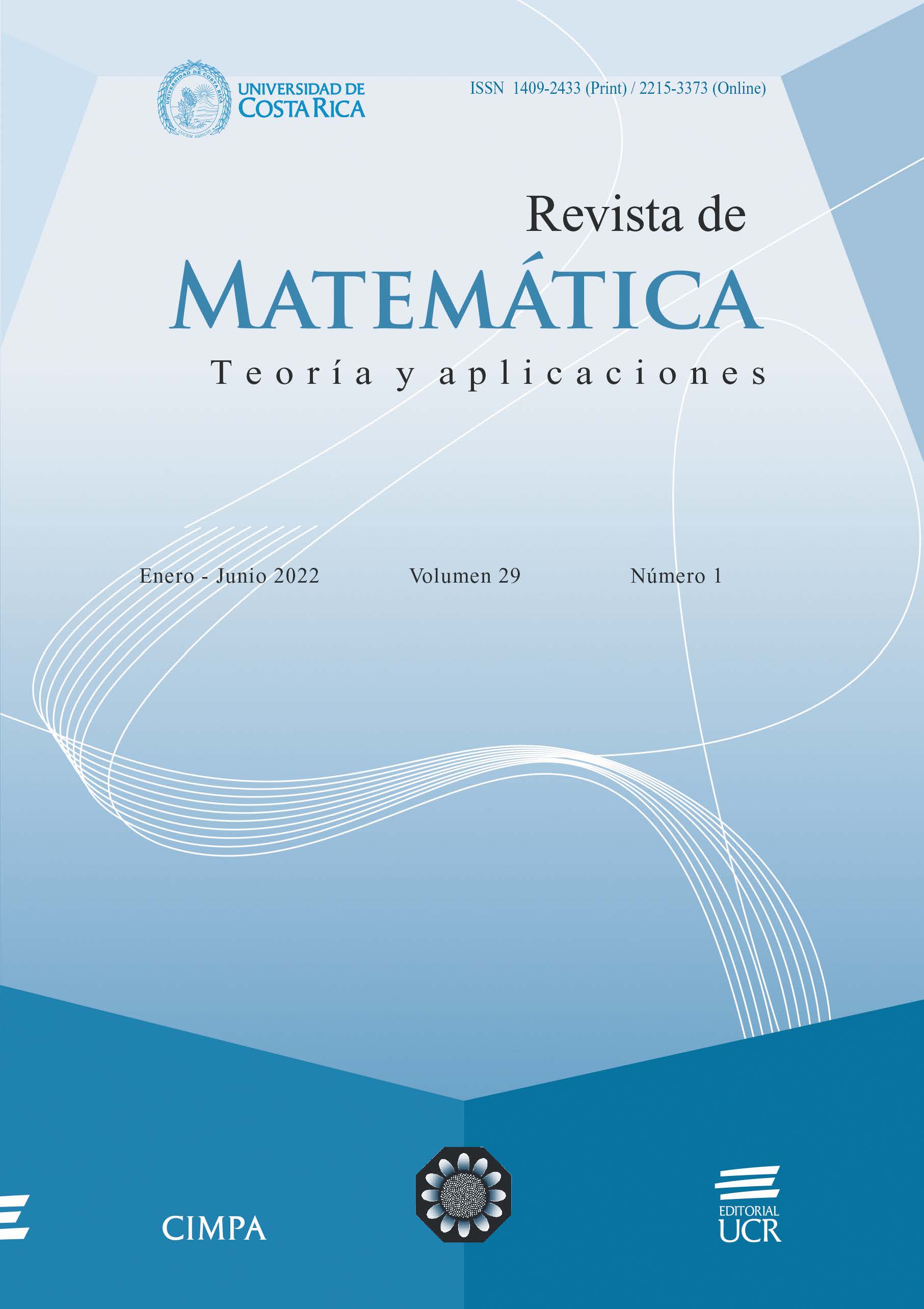Abstract
The approximation by generalized trigonometric polynomials for Lipschitz defined functions in certain groups depends on some properties of the group defined metric. Metrics which allow this approximation are called Lipschitz compatible. In this work we give for certain class of groups, conditions under which Lipschitz compatible metrics are boundedly equivalent, i.e., they generate the same Lipschitz space. In particular, for the multiplicative group of modulus one complex numbers the conditions are necessary and sufficient for the compatible Lipschitz metrics to be boundedly equivalent.
References
H. Abels, Reductive groups as metric spaces, in: T.W. Müller (Ed.) Groups: topological, Combinatorial and arithmetic aspects (Bielefeld, 1999), London Mathematical Society Lecture Notes 311, Cambridge University Press, Cambridge, 2004 pp. 1–20. Doi: 10.1017/CBO9780511550706
E. Hewitt, K.A. Ross, Abstract Harmonic Analysis, Vol. I, Structure of Topological Groups, Integration Theory, Group Representations, 2nd Edition, Grundlehren der Mathematischen Wissenschaften 115, Springer,1979. Doi: 10.1007/978-1-4419-8638-2
L. Leindler, A. Meir, V. Totik, On approximation of continuous functions in Lipschitz norms, Acta. Math. Hung. 45(1985), no. 3-4, 441–443. Doi: 10.1007/BF01957041
H. Reiter, J.D. Stegeman, Classical Harmonic Analysis and Locally Compact Groups, Clarendon Press, Oxford, 2000.
W. Rudin, Fourier Analysis on Groups, Interscience, New York NY, 1962.
J. Schiff, S. Shnider, Lie groups and error analysis, Journal of Lie Theory, 11(2001), no. 1, 231–254.
D. Sherbert, Banach algebras of Lipschitz functions, Pacific J. Math. 13(1963), no. 4, 1387–1399. Doi: 10.2307/1994243 [8] A. Ziv, Relative distance an error measure in round off error analysis, Math. Comp. 39(1982), 563–569. Doi: 10.2307/2007334 [9] N. Weaver, Subalgebras of little Lipschitz algebras, Pacific Journal of Mathematics 173(1996), no. 1, 283–293.

